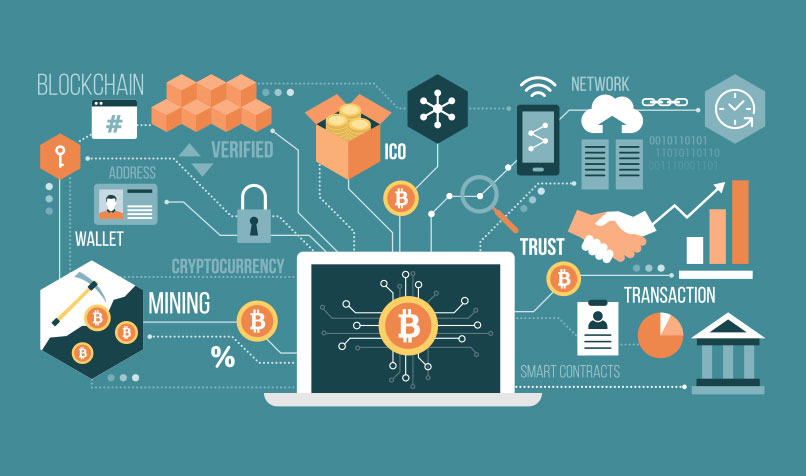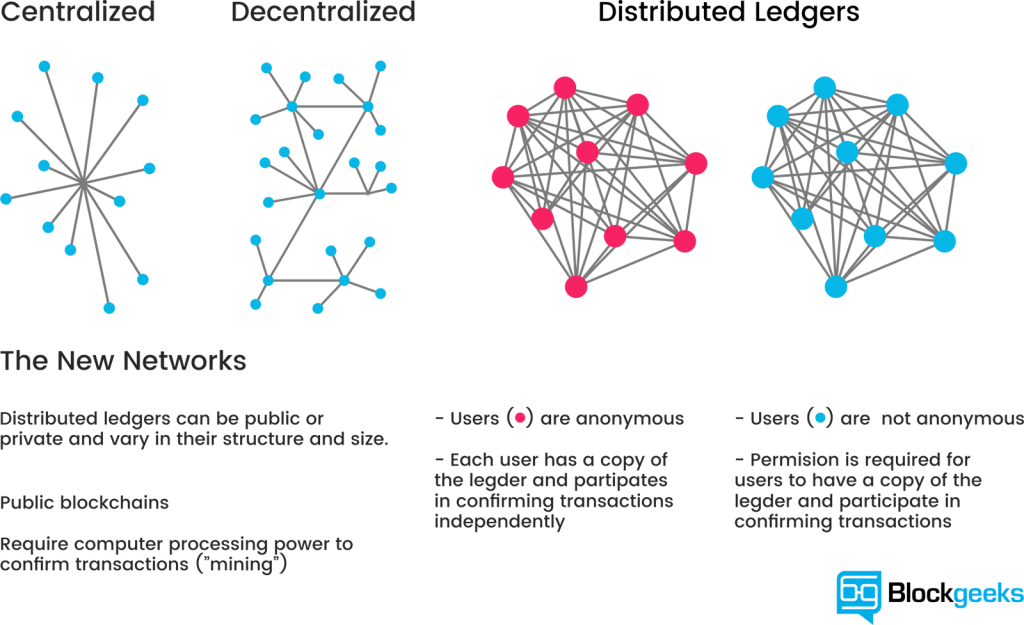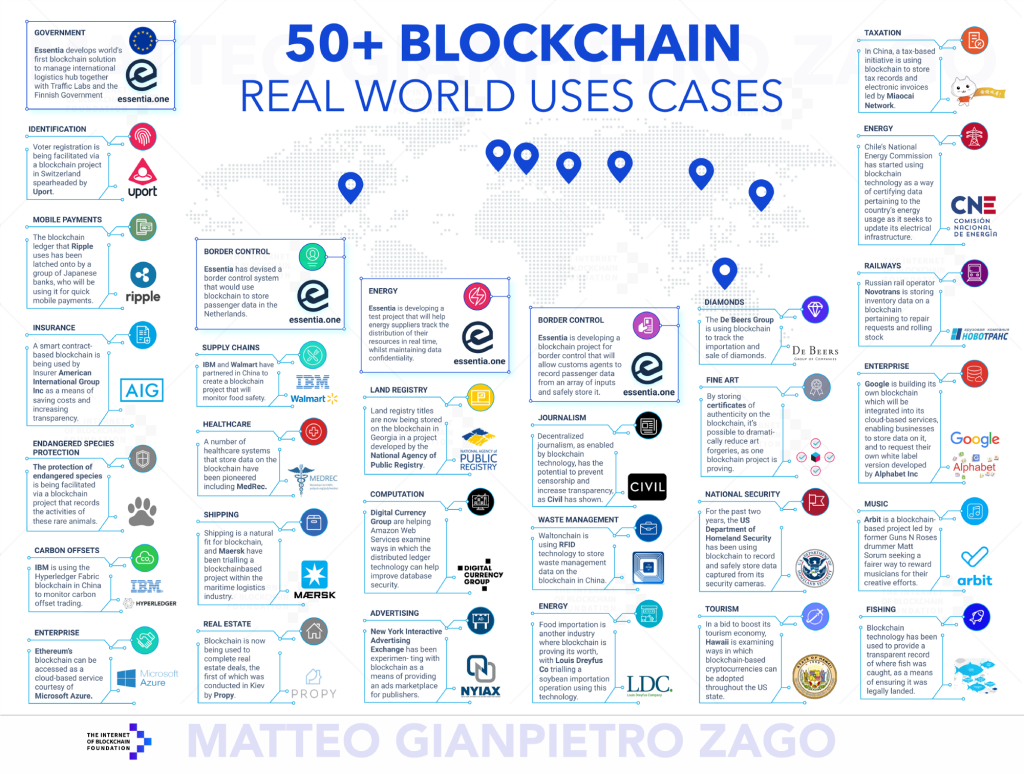The Blockchain technology is considered without a shadow of doubt, one of the most powerful technological innovations of recent years.
Tim O’Reilly counts this technology among those that he defines ‘That happens gradually, then suddenly’. They slowly, but inexorably, insinuate into our digital life until exploding in an unexpected way and without chance to escape, changing our habits of consumers of services and products.

Designed and implemented by the brain of a single person, or a group of people, known on the web under the pseudonym of Satoshi Nakamoto, this technology is conventionally associated with cryptocurrency
Thanks to this technology, the transition to the abstraction of money and goods in token (tokenization) will break down intermediaries (banks, lenders, etc) between us and our capital, overcoming the limitations of international ‘currency’.
However, digital money is not the only application that is a great ally in the blockchain.
Before deeping into its potential uses, it is necessary to understand how it works.
Blockchain, in its simplest form (trustless), is a distributed database that maintains a list (or chain) of ever-growing transaction records and that are duplicated (not copied) and stored in a decentralized system. Each part of this system has a duplicate of the chain of records associated with each transaction; there are no ‘official’ registrations or copies. Information security is guaranteed through decentralization that avoids tampering, revisions and malicious changes.
Blockchain in detail
Blockchain technology allows the addition of records only at the end of the chain. Each registration is stamped, immutable and independently verifiable. The technology recalls an ‘append-only’ ledger with transaction orders distributed across many entities. Within this decentralized ledger, each transaction order retains an identical copy of the ledger.
A ‘hash’ of the entire structure containing the fingerprints of the files is recorded in the blockchain. The authenticity of these files can be confirmed independently of any party with access to the chain.
This technology can obviously be used in all contexts in which the stored data must be certified, mantaining a perfect degree of reliability and authenticity, freeing itself from the intermediary of a certifying body.
Common uses for blockchain include intellectual property, evidence and legal documents, purchase orders and long-term archives, and all digital files that require authenticity through independent verification.
Below some real world uses cases:
Blockchain: use cases in detail:
Use Blockchain in data backup: is it possible?
Backing up data at the Enterprise level presents the technological challenge of maintaining a high level of confidence and authenticity of the data backed up.
Before the Blockchain technology use, this was satisfied by ‘storing’ data, scheduling a redundancy (a full or incremental copy) in order to solve unwanted modifications or deletions.
Of course it remains impossible to push the backup data inside the blockchain nodes because of their large size, instead, is sent in the blockchain graph a ‘fingerprint’ (or hash) of the backup performed. Assuring it to the nodes, the file becomes in fact incorruptible defining the integrity test of the backup performed. The fingerprint could be stored inside a company certification body in order to add an extra level of confidence to the authenticity of your personal and business data.
Ensuring that a document has remained unmodified
The ‘by design’ security ensuring that data remains unchanged, is a strong point of the Blockchain technology. Suppose two companies enter into a digital contract and the latter is submitted to a backup. In case of changes on one of the two, the original subjected to blockchain certifies the veracity of one of the two avoiding falsifications.
Certification and authorship of a creative work
The same certification approach of authenticity also includes the ‘authorship’ of the document. To obtain it, it is necessary that the creator of the document, in this case a visual or musical document, make a backup on the date of creation of the backup itself. The latter will certify a digital copyright claim in case of legal disputes.
Other creative uses:
- Provide legal data associated with a specific date / time.
- Tests of bank transactions at a specific date / time.
- Verification of records of sensitive information (medical, legal, etc.).




PLEASE NOTE: if you need technical support or have any sales or technical question, don't use comments. Instead open a TICKET here: https://www.iperiusbackup.com/contact.aspx
**********************************************************************************
PLEASE NOTE: if you need technical support or have any sales or technical question, don't use comments. Instead open a TICKET here: https://www.iperiusbackup.com/contact.aspx
*****************************************